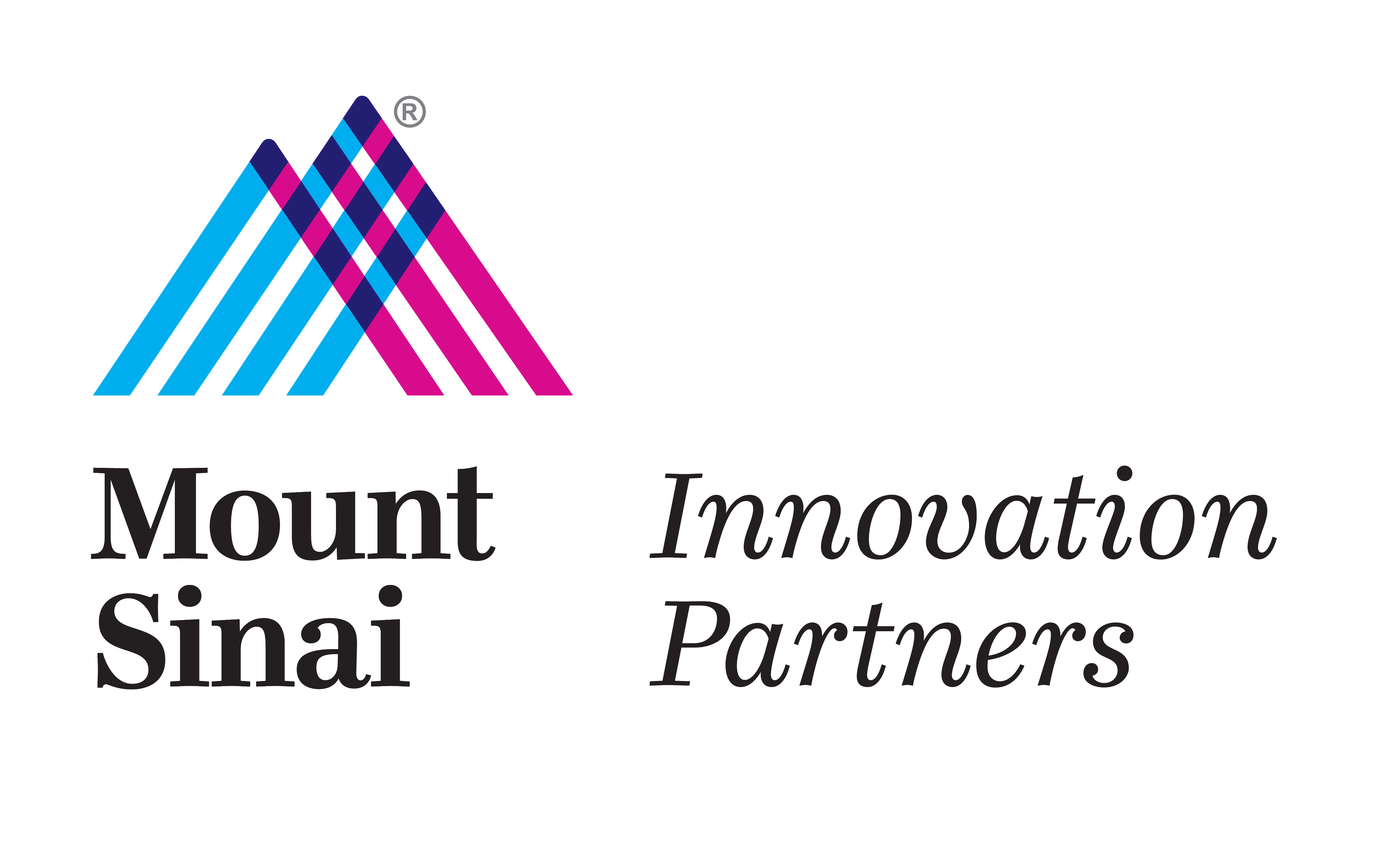DNA LOCK™: A NOVEL AND SECURE DNA-BASED AUTHENTICATION METHOD
March 19, 2014Seized, counterfeit goods in the United States in 2012 were estimated to be worth over $1.30 billion. Current marking techniques can be recovered, copied and illegally used to mark counterfeited goods. To control this increasing problem, reliable counterfeit-resistant techniques are required.
Scientists Carter Bancroft and Catherine Clelland at the Icahn School of Medicine at Mount Sinai have developed a procedure that overcomes the limitations of current marking techniques. With the technique of Drs. Bancroft and Clelland, DNA Lock™, a DNA molecule is constructed to contain an encoded authentication signature or barcode, flanked by specific primer recovery sequences. A steganographic approach (e.g., cryptographic concealment) is then used to conceal the encoded message within a vast and unrelated complex pool of DNA molecules. The authentication DNA molecule can be recovered by standard PCR amplification, but only by an intended recipient who has knowledge of the primer recovery sequences. Thus, DNA Lock™ authentication cannot be deciphered by a forger, and then employed for marking of counterfeit products.
Current Development Status
- DNA Lock™ has been successfully implemented to mark printed documents
- DNA Lock™ has been used to DNA barcode the genome of a pathogenic strain of bacteria
Applications
- Authentication of legal documents; credit cards; paper currency
- Tagging and authentication of organisms such as pathogenic or synthetic bacteria
- Animal/livestock identification and tracking
- Authentication of art and other collectors’ items
- Authentication of high-grade oils, wines, etc.
Advantages
- Strongly resistant to deciphering through reverse engineering
- Strongly resistant to computer or biochemically based attacks
- High storage capacity; long-term storage on minimal marking surface; inconspicuous
- Low cost for large number of personalized concealed tags
Publications
- Clelland et. al. “Hiding messages in DNA microdots.” Nature. 399, pp. 533-534 (1999)
- Bancroft et. al. “Long-Term Storage of Information in DNA.” Science. 293, pp 1763-1765 (2001)
Patent Status
- US Utility Application 09/566,796 filed May 5, 2000
- Status: Issued. US Patent No. 6,312,911
- International Application PCT/US2000/012307 filed May 5, 2000
- Status: Published. International Publication No. WO 2000/068431
Contact
Lisa Placanica, Ph.D., CLP
Business Development Director
Mount Sinai Innovation Partners | Icahn School of Medicine at Mount Sinai
Phone: 646.605.7325


